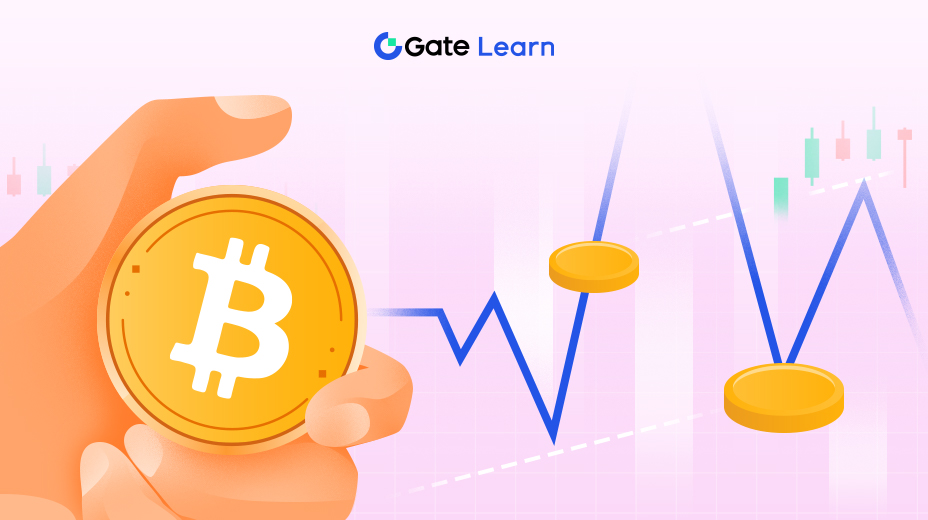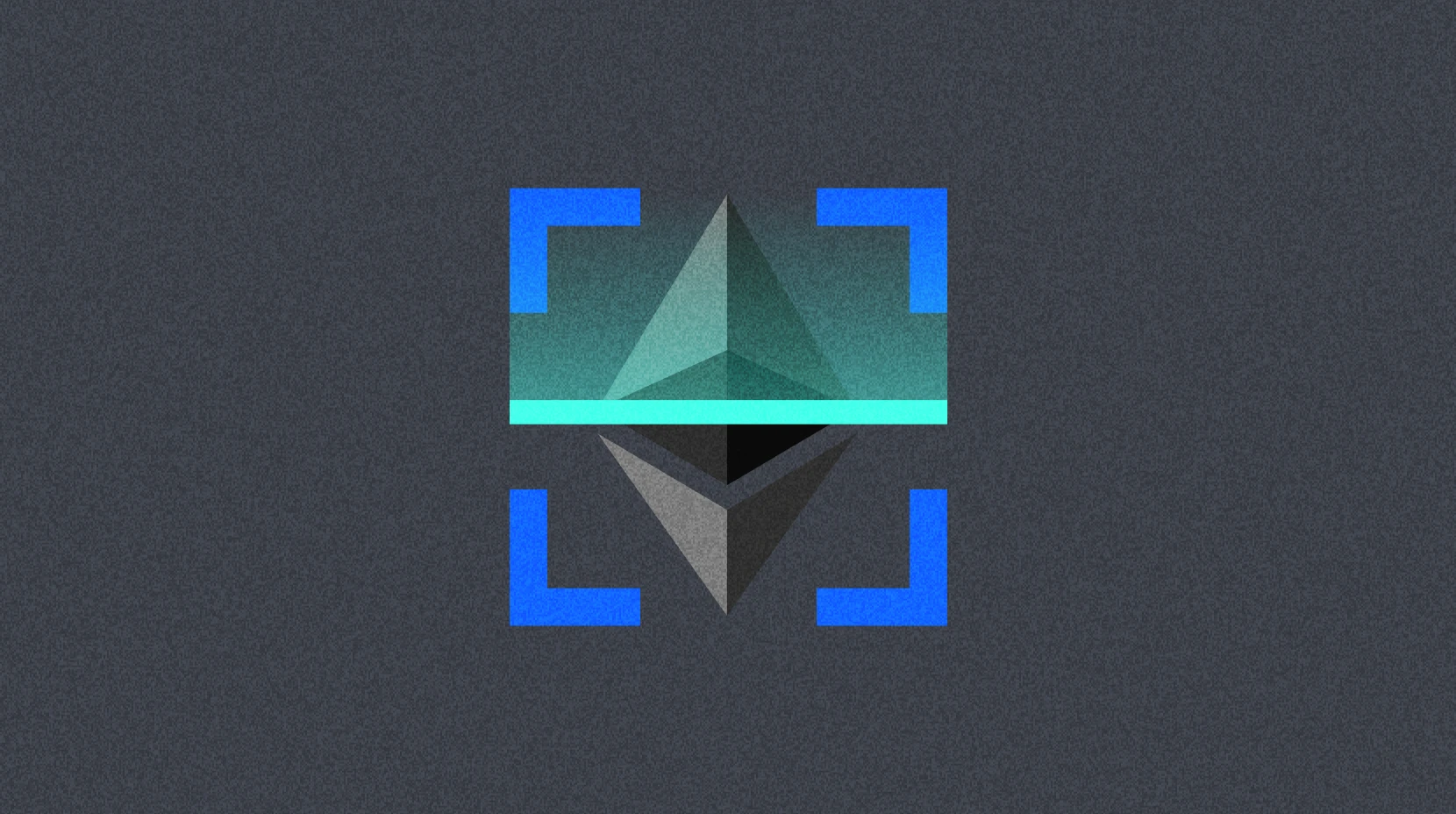Featured Courses
More
Advanced
Tools That Help You Trade Better: Moving Averages, Trend Lines, and Indicators
There are no trading rules that are applicable to any scenario. These courses will help you establish your own trading strategy, then test it and improve on it in practice

Intermediate
Introduction to Aethir
Aethir offers decentralized GPU cloud infrastructure built to support AI, gaming, and compute-intensive applications. This course provides a comprehensive breakdown of Aethir's architecture, token economy, governance structure, and operational features. Learners will gain the necessary understanding to evaluate how decentralized computing models are structured and maintained using token-based incentives and distributed validation.

Intermediate
Technical analysis: A useful tool to understand trends in Futures trading
Understand candlestick patterns and recognize market trends. Build a technical analysis system to make informed trading decisions
Learn by Topic
Topics
Altcoins
Bitcoin
Blockchain
DeFi
Ethereum
Metaverse
NFTs
Trading
Tutorial
Futures
Trading Bots
BRC-20
GameFi
DAO
Macro Trends
Wallets
Inscription
Technology
Meme
AI
SocialFi
DePin
StableCoin
Liquid Staking
Finance
RWA
Modular Blockchains
Zero-Knowledge Proof
Restaking
Crypto Tools
Airdrop
Gate Products
Security
Project Analysis
CryptoPulse
Research
TON Ecosystem
Layer 2
Solana
Payments
Mining
Hot Topics
P2P
Sui Ecosystem
Chain Abstraction
Options
Quick Reads
Video
Daily Report
Market Forecast
Trading Bots
VIP Weekly Industry Report
ETF Leveraged Tokens
Top Stories
XRP
Pi Network
VIP Daily Industry Report
In-Depth Research
Gate Ventures
Weekly Report
Investment News
Perpetual DEX
Web3 For Beginners
Tron
Base
Protocols
Dapp
Crypto Card
BNB Chain
Gate Private Wealth Management
Platform News
Brand Videos
Difficulty
Beginner
Intermediate
Advanced
Latest Courses
More
Beginner
Trading Fundamentals
Welcome to The Beginner's Guide to Trading Fundamentals — a structured course crafted for learners aiming to build a solid foundation in both traditional finance and crypto markets. Whether you're a first-time explorer of the markets or an experienced trader looking to clarify strategic logic, this series will help you grasp the underlying principles of market operations. Covering topics from the differences between trading and investing to fundamental vs. technical analysis and market cycles and investor psychology, these five progressive lessons will teach you to combine analytical methods, risk management, and psychological discipline, empowering you to make more rational, higher-probability decisions in real market scenarios.

Beginner
Introduction to Celestia Blob Markets & Rollkit
Celestia represents a fundamental redesign of blockchain architecture through its modular approach. Instead of requiring every blockchain to handle execution, settlement, consensus, and data availability within a single system, Celestia separates these functions into specialized layers. This allows developers to create sovereign and application-specific blockchains that outsource data availability and consensus to Celestia while retaining full control over their execution environments.

Advanced
Introduction to Stateless Ethereum & Verkle Trees
Ethereum’s roadmap toward stateless clients represents one of the most significant protocol shifts since its inception. As state size continues to grow, full nodes face increasing storage and synchronization burdens, threatening decentralization and accessibility. Stateless Ethereum proposes a new validation model where nodes verify blocks using compact cryptographic proofs instead of maintaining the entire state. At the center of this approach are Verkle Trees, a data structure that drastically reduces proof sizes and enables efficient stateless validation. This course provides a comprehensive understanding of this transformation, covering both theoretical foundations and real-world implementations.
Latest Articles
More
Intermediate
What Is DOGE Doing Now That It Hasn’t Disbanded?
This article explores Ethereum's distinct strengths in Digital Asset Treasuries (DATs) and discusses its pivotal position in the decentralized finance (DeFi) ecosystem.
11/26/2025, 10:49:12 AM

Intermediate
McKinsey's groundbreaking report: 13 cutting-edge technologies defining the next five years.
The article offers an in-depth evaluation of these technologies across four key dimensions: innovation, market attention, capital investment, and application maturity. It further supports its analysis with concrete examples and data, highlighting trends like the rapid expansion of the AI agent market and the commercial deployment within the future mobility industry.
11/26/2025, 10:32:27 AM

Intermediate
Ethereum Bull-Bear Game Analysis and Outlook Ahead of the Imminent Fusaka Upgrade
Unlike general price commentary, this article highlights short-term challenges from bearish pressures, such as capital outflows, DeFi risks, and regulatory uncertainty. Meanwhile, it explores Ethereum’s long-term growth drivers, including the correct Ethereum upgrade, continued Layer 2 expansion, and strong underlying fundamentals.
11/26/2025, 10:25:30 AM
Latest Research
More
Intermediate
Gate Research: Implied Volatility Remains Elevated, Favoring Neutral-to-Bullish Structural Trades
According to Gate Research, the crypto market experienced a choppy recovery this week under shifting macro sentiment. As retail data weakened and several Fed officials delivered dovish signals, rate-cut expectations strengthened, with the probability of a December cut rising to 84.9%. Risk assets saw a moderate improvement in sentiment. After a continuous pullback, Bitcoin found strong buying interest near $80,000 and rebounded to around $88,000, lifting major altcoins as well. However, capital flows remain cautious, ETF inflows are limited, and the broader market still reflects a weak rebound structure.
11/26/2025, 8:07:29 AM

Beginner
Gate Research: USDe TVL Drops Over 50% From October | Q3 Crypto VC Funding Hits Three-Year High
Gate Research Daily Report: On November 26, the crypto market stabilized amid extreme fear, with the Fear & Greed Index remaining at 15. BTC rose 0.57% while ETH gained 0.79%. Among top movers, Monad (+43.61%) saw strong inflows driven by its mainnet launch and rapid ecosystem deployment; Story Network (+21.66%) rallied on the launch of prediction markets, the migration of education and cultural datasets on-chain, and support from a publicly listed company; ICNT (+20.80%) gained traction following the release of its Q4 network metrics and the announcement of its “4-layer cloud stack.”At the industry level, Circle Arc introduced Gateway to enhance cross-chain USDC liquidity; crypto venture funding climbed to $4.59B in Q3, though capital remained highly concentrated; and USDe TVL drops to $7.6 billion, more than halving from its October level.
11/26/2025, 6:25:22 AM

Advanced
 Gate Research: Mainstream Altcoins See Mild Rebound | Q3 Crypto VC Funding Hits Three-Year High
Gate Research: Mainstream Altcoins See Mild Rebound | Q3 Crypto VC Funding Hits Three-Year High
On November 26, the crypto market stabilized amid extreme fear, with the Fear & Greed Index remaining at 15. BTC rose 0.57% while ETH gained 0.79%. Among top movers, Monad (+43.61%) saw strong inflows driven by its mainnet launch and rapid ecosystem deployment; Story Network (+21.66%) rallied on the launch of prediction markets, the migration of education and cultural datasets on-chain, and support from a publicly listed company; ICNT (+20.80%) gained traction following the release of its Q4 network metrics and the announcement of its “4-layer cloud stack.”At the industry level, Circle Arc introduced Gateway to enhance cross-chain USDC liquidity; crypto venture funding climbed to $4.59B in Q3, though capital remained highly concentrated; and USDe TVL drops to $7.6 billion, more than halving from its October level.
11/26/2025, 6:21:20 AM
Glossary
Moreapr
Annual Percentage Rate (APR) is a financial metric expressing the percentage of interest earned or charged over a one-year period without accounting for compounding effects. In cryptocurrency, APR measures the annualized yield or cost of lending platforms, staking services, and liquidity pools, serving as a standardized indicator for investors to compare earnings potential across different DeFi protocols.
fomo
Fear of Missing Out (FOMO) is a psychological state where investors fear missing significant investment opportunities, leading to hasty investment decisions without adequate research. This phenomenon is particularly prevalent in cryptocurrency markets, triggered by social media hype, rapid price increases, and other factors that cause investors to act on emotions rather than rational analysis, often resulting in irrational valuations and market bubbles.
nft
NFT (Non-Fungible Token) is a unique digital asset based on blockchain technology where each token possesses a distinct identifier and non-interchangeable characteristics, fundamentally different from fungible tokens like Bitcoin. Created through smart contracts and recorded on the blockchain, NFTs ensure verifiable ownership, authenticity, and scarcity, primarily applied in digital art, collectibles, gaming assets, and digital identity.
leverage
Leverage refers to a financial strategy where traders use borrowed funds to increase the size of their trading positions, allowing investors to control market exposure larger than their actual capital. In cryptocurrency trading, leverage can be implemented through various forms such as margin trading, perpetual contracts, or leveraged tokens, offering amplification ratios ranging from 1.5x to 125x, accompanied by liquidation risks and potential magnified losses.


Your Gateway to Crypto World, Subscribe to Gate for A New Perspective
